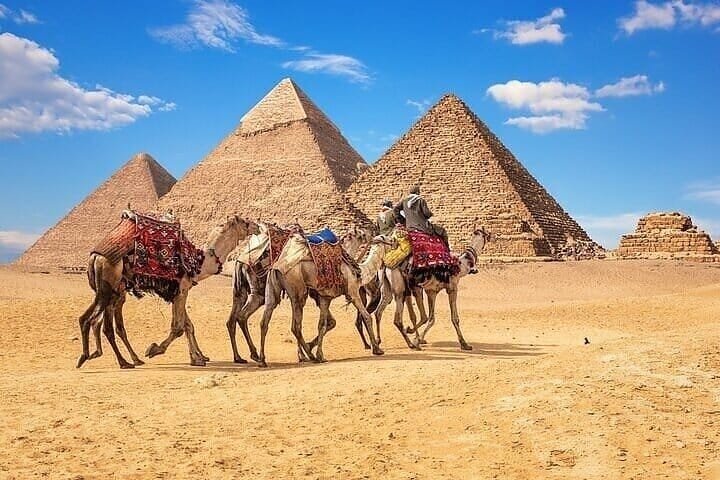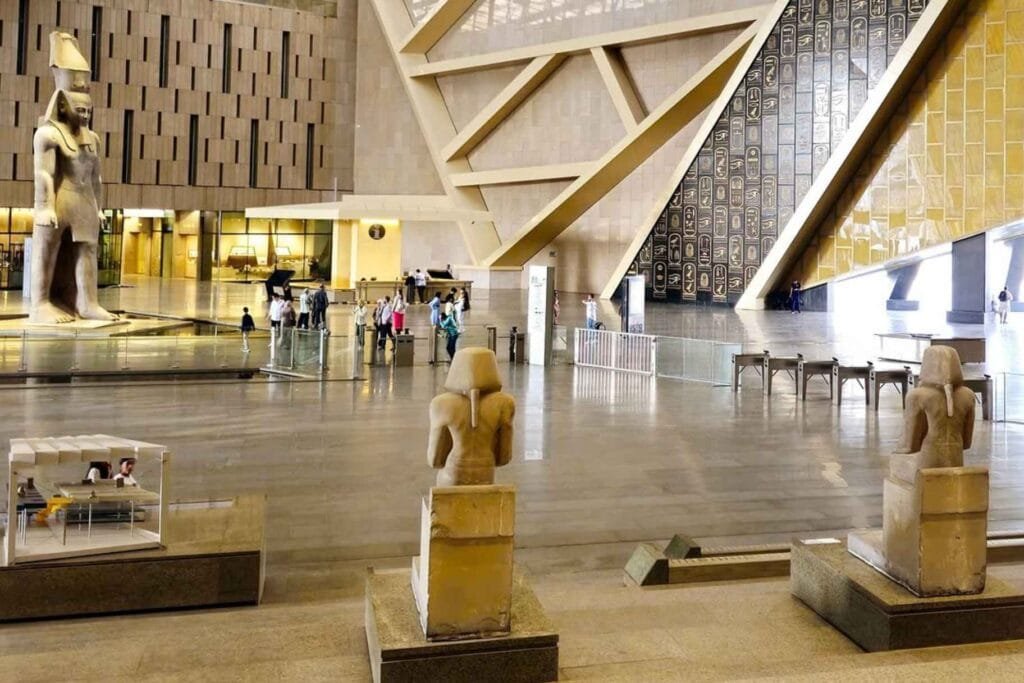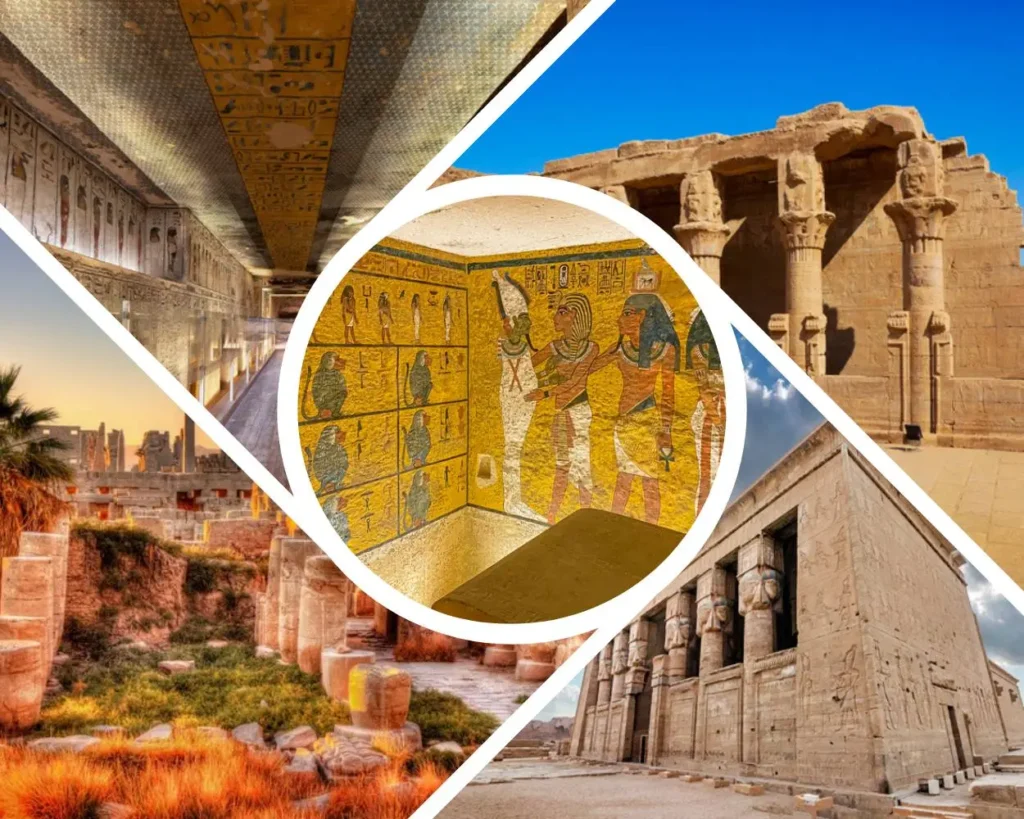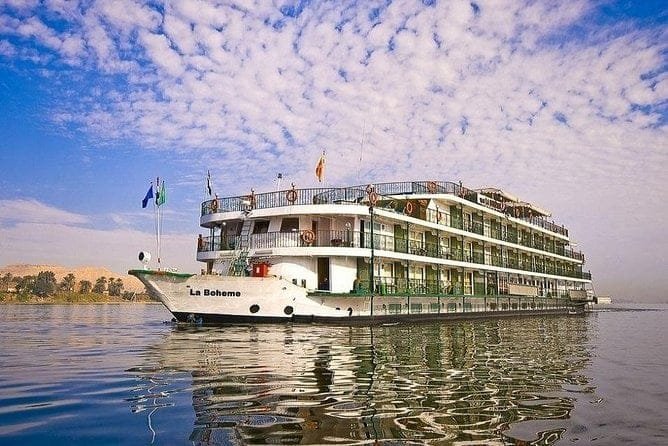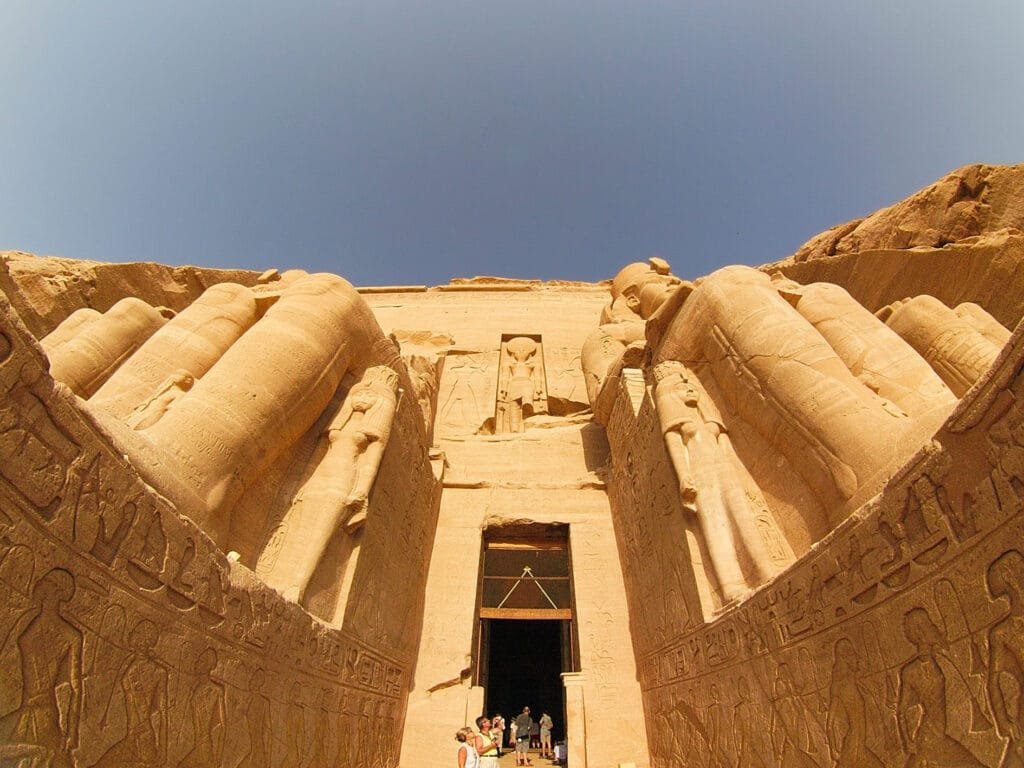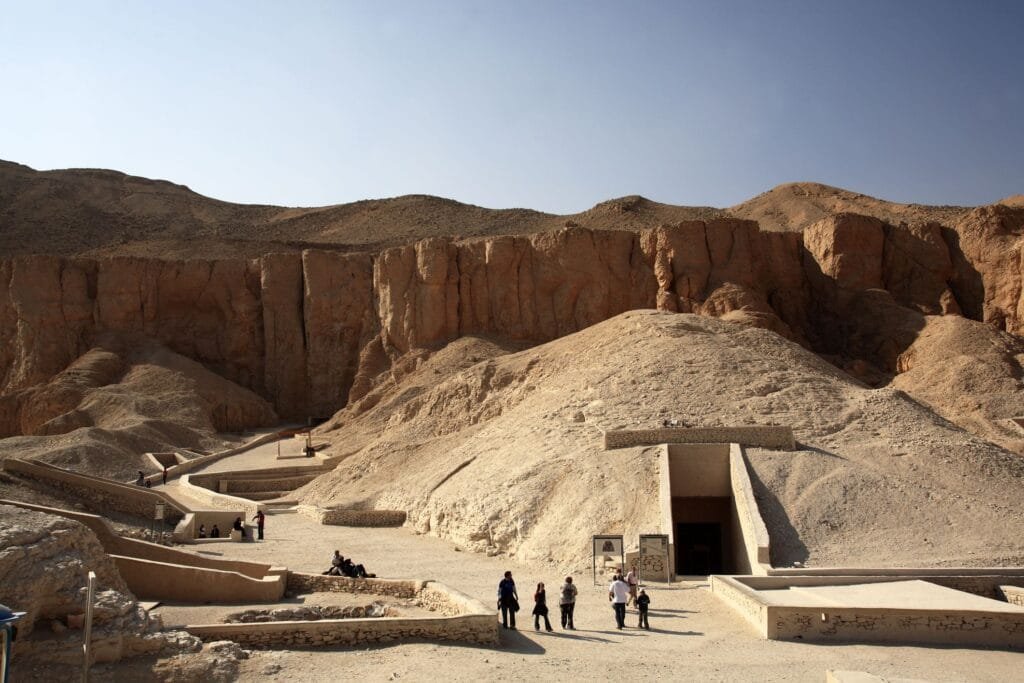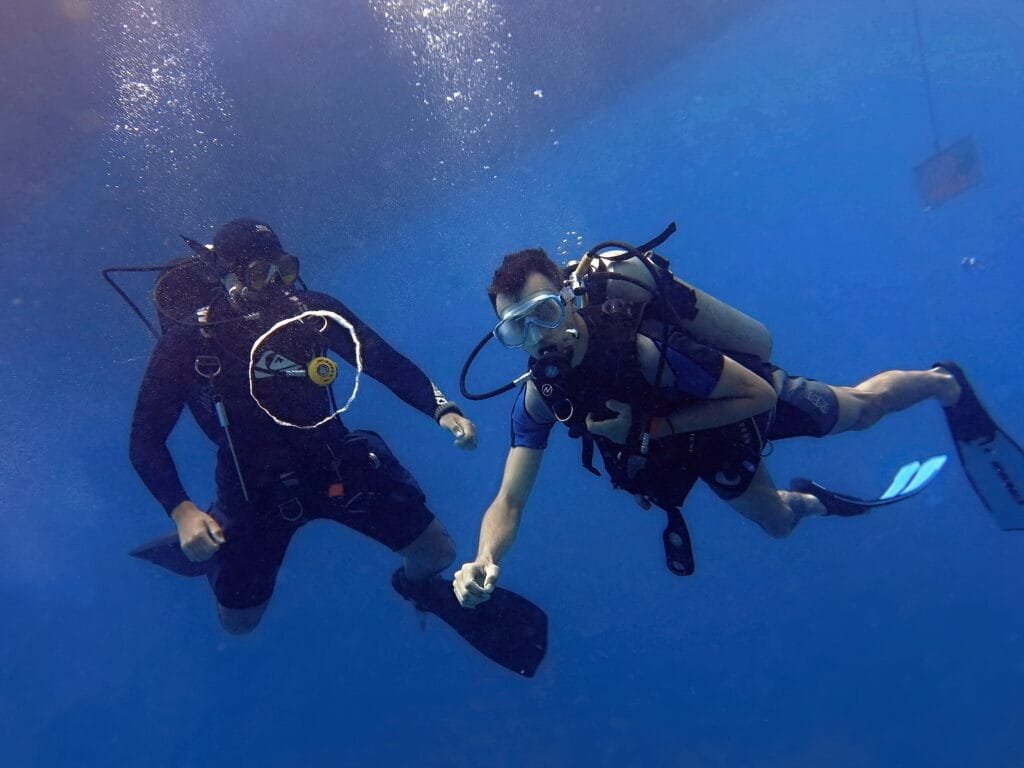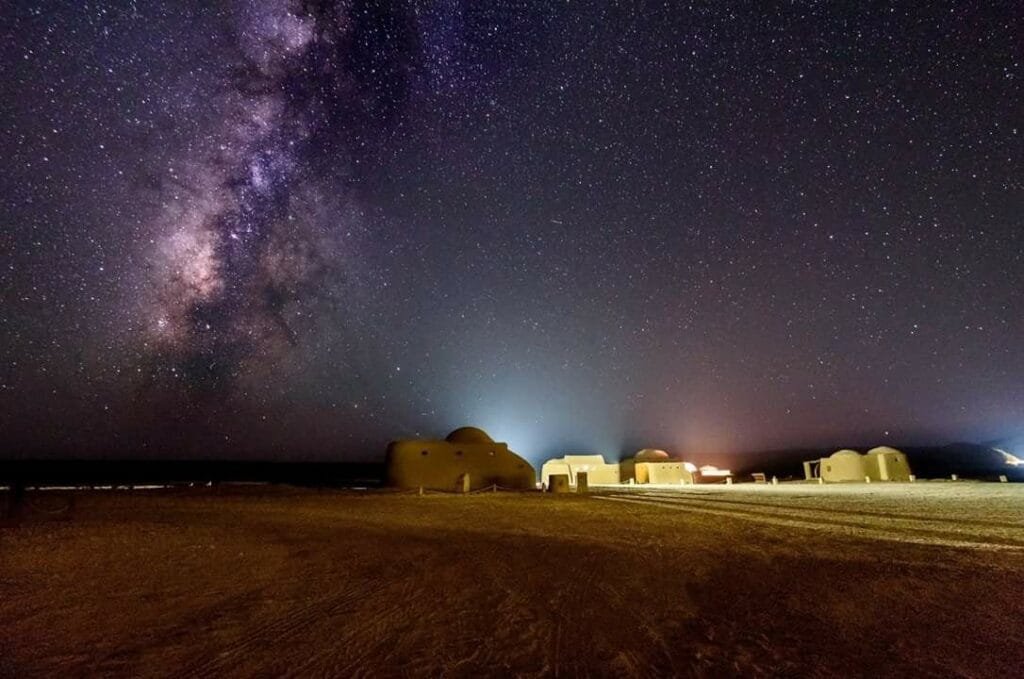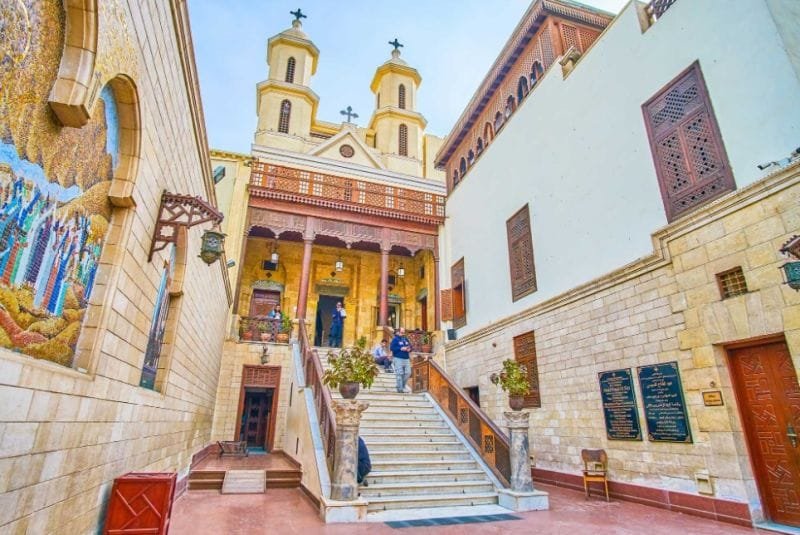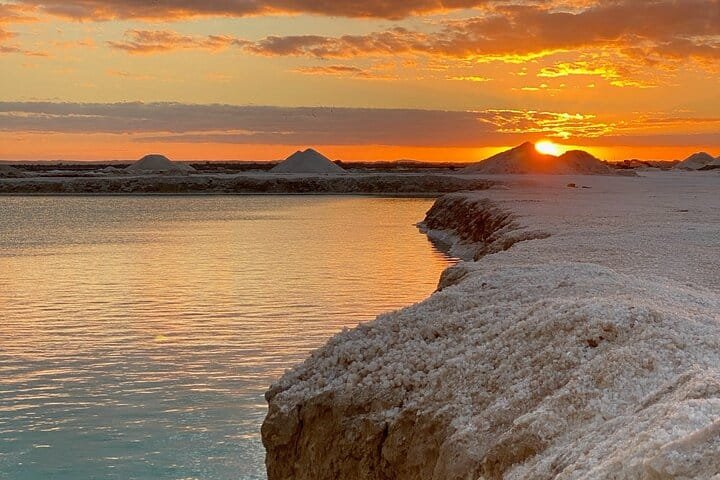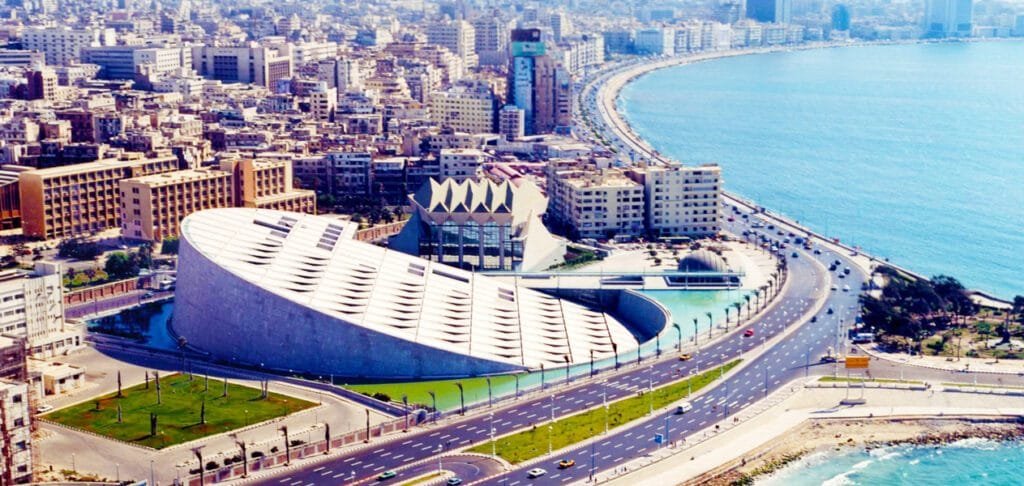Egypt is an extraordinary destination, rich with ancient history, unique culture, and stunning landscapes. From iconic monuments to natural wonders, Egypt offers travelers an abundance of experiences. Whether you’re visiting Cairo, Luxor, Aswan, or the coastal regions, here are the top things to do in Egypt:
Egypt offers a wealth of remarkable destinations, each with its own unique charm. Cairo, the bustling capital, is home to the awe-inspiring Pyramids of Giza, the Sphinx, and the world-famous Egyptian Museum. Luxor, often called the world’s greatest open-air museum, boasts the majestic Karnak and Luxor Temples, as well as the Valley of the Kings. Down south in Aswan, visitors can explore stunning sites like the Abu Simbel Temples and take relaxing boat rides on the Nile. The Red Sea cities, including Sharm El Sheikh and Hurghada, are renowned for their pristine beaches, crystal-clear waters, and vibrant coral reefs, perfect for diving and water sports. For a tranquil retreat, Siwa Oasis offers natural beauty with salt lakes and ancient ruins, while Alexandria combines Mediterranean charm with rich historical landmarks like Pompey’s Pillar and the Bibliotheca Alexandrina. Dahab and Marsa Alam provide more peaceful alternatives for those seeking a quieter beach experience. Finally, the Sinai Peninsula offers stunning landscapes and religious significance, with attractions like Mount Sinai and St. Catherine Monastery. Each destination in Egypt is a treasure trove of history, culture, and natural beauty, making it an unforgettable place to visit.


